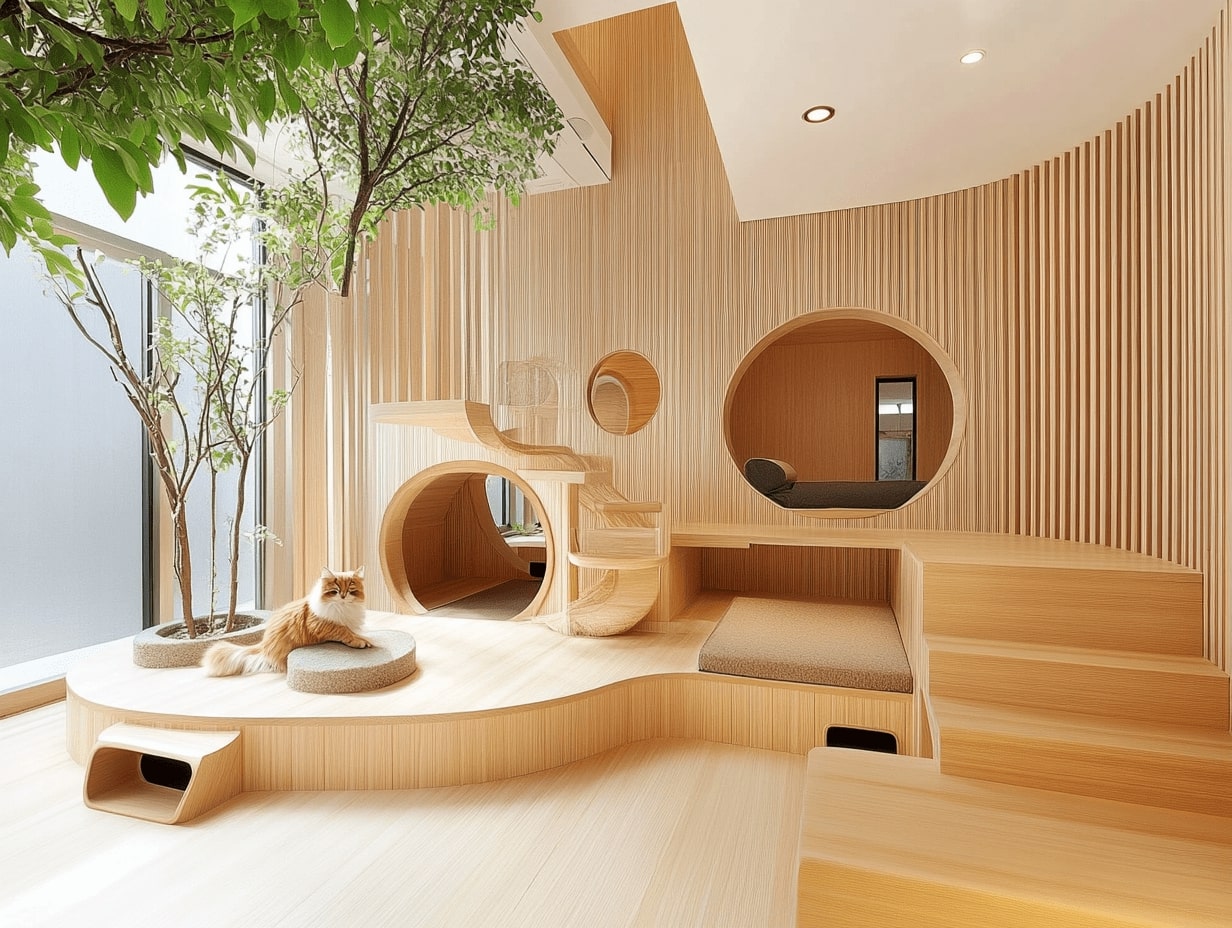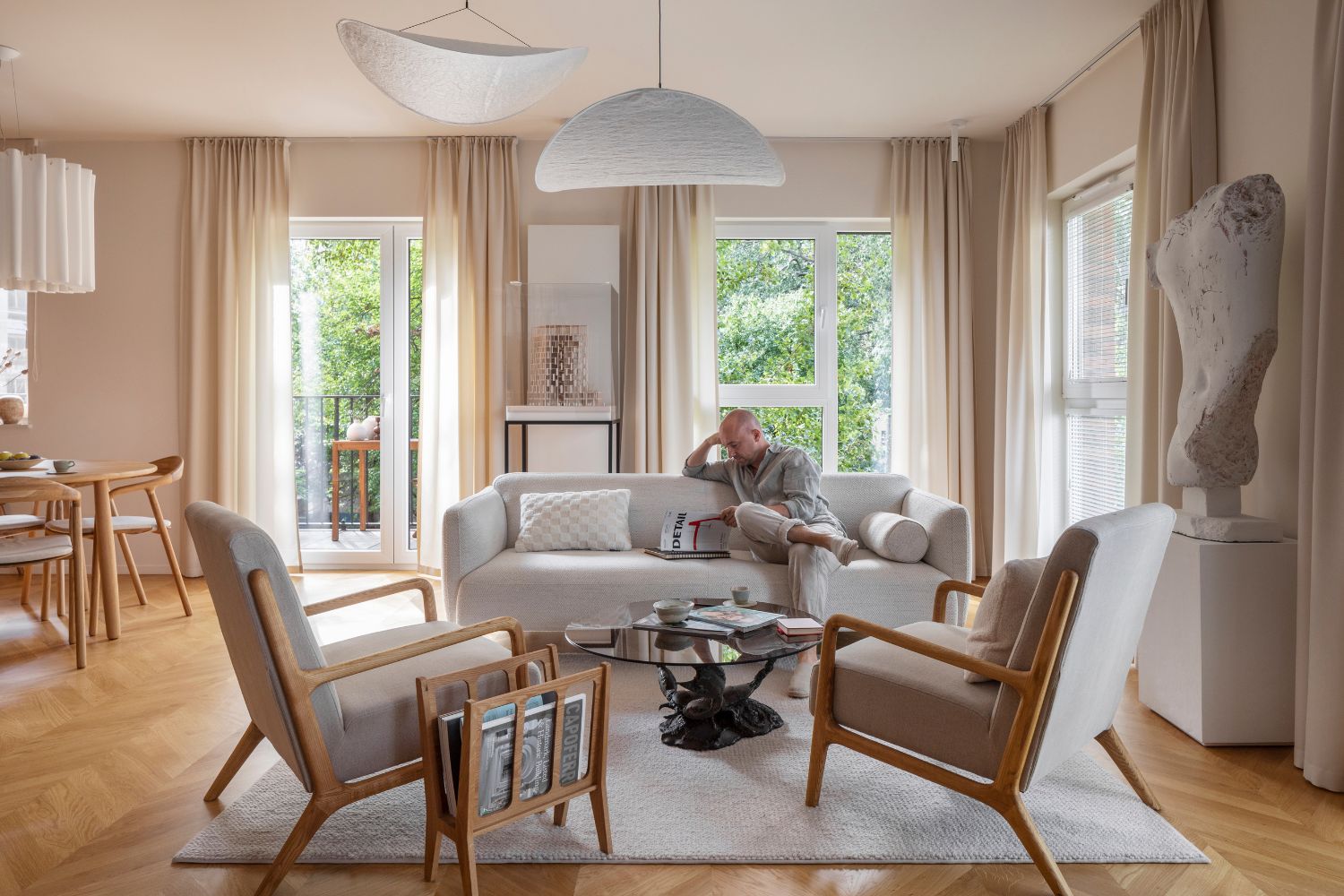- Home
- Articles
- Architectural Portfolio
- Architectral Presentation
- Inspirational Stories
- Architecture News
- Visualization
- BIM Industry
- Facade Design
- Parametric Design
- Career
- Landscape Architecture
- Construction
- Artificial Intelligence
- Sketching
- Design Softwares
- Diagrams
- Writing
- Architectural Tips
- Sustainability
- Courses
- Concept
- Technology
- History & Heritage
- Future of Architecture
- Guides & How-To
- Art & Culture
- Projects
- Interior Design
- Competitions
- Jobs
- Store
- Tools
- More
- Home
- Articles
- Architectural Portfolio
- Architectral Presentation
- Inspirational Stories
- Architecture News
- Visualization
- BIM Industry
- Facade Design
- Parametric Design
- Career
- Landscape Architecture
- Construction
- Artificial Intelligence
- Sketching
- Design Softwares
- Diagrams
- Writing
- Architectural Tips
- Sustainability
- Courses
- Concept
- Technology
- History & Heritage
- Future of Architecture
- Guides & How-To
- Art & Culture
- Projects
- Interior Design
- Competitions
- Jobs
- Store
- Tools
- More
10 Pet Friendly Interior Design Tips for a Stylish & Functional Home
Discover 10 pet-friendly interior design tips to create a stylish, functional, and safe home for you and your furry companions. Learn how to choose durable materials, integrate cozy pet zones, and incorporate easy-to-clean solutions that balance aesthetics with practicality while enhancing comfort for pets and their owners. Make your space welcoming for the whole family, including your pets!

Our pets are more than just animals—they’re family. As we create spaces that reflect our style and comfort, it’s important to consider their needs too. Designing a pet-friendly home doesn’t mean sacrificing aesthetics; it’s about blending functionality with beauty to make everyone, including our furry friends, feel at home.
From choosing durable fabrics to incorporating clever storage for pet essentials, small adjustments can make a big difference. Whether we’re dealing with curious cats or playful pups, the right design choices can help us maintain a stylish, stress-free space that works for all. Let’s explore how we can create a home that’s as welcoming for our pets as it is for us.
Table of Contents
ToggleWhy Pet Friendly Design Matters
Creating a pet-friendly design ensures a harmonious living space for pets and people. Our homes should support the daily needs of all occupants, including furry companions. Thoughtful design helps reduce stress for pets, promotes safety, and minimizes wear on household items.
Pet-friendly interiors protect against damage caused by scratches, spills, or fur. For example, using durable materials like stain-resistant upholstery or scratch-proof flooring increases longevity and reduces maintenance. These choices keep homes looking good while accommodating pet activity.
Prioritizing pets in design enhances their health and well-being. Features like easy-to-clean feeding areas and comfortable resting zones improve their quality of life. Incorporating pet-friendly spaces, such as built-in crates or climbing shelves, provides convenience and encourages interaction.
Designing for pets also fosters a stronger bond between them and their families. Practical layouts facilitate shared experiences, such as play or relaxation, strengthening emotional connections. By focusing on pets’ needs, we create spaces that are truly welcoming for everyone.

Choosing Durable Materials
Selecting durable materials keeps our spaces stylish and functional while standing up to the wear and tear of life with pets. From natural flooring to furniture, making thoughtful choices prevents damage and makes cleaning easier.
Flooring Options
Hard surfaces like tile, stone, and sealed concrete resist scratches and stains, making them ideal for pet-friendly homes. For example, glazed ceramic tiles repel moisture, simplifying cleaning after accidents. Hardwood can work if protected with scratch-resistant finishes, though softer woods like pine are less suitable. Luxury vinyl planks and laminate flooring mimic hardwood’s appearance while providing water resistance and enhanced durability.
Avoid carpet in high-traffic or accident-prone areas, as it’s harder to clean and retains pet odors. If carpet’s essential, choose low-pile varieties with a stain-resistant treatment to minimize maintenance.
Furniture Fabrics
Performance fabrics, such as microfiber and synthetic blends, resist stains and scratches better than natural fibers. Microfiber, in particular, repels water and dirt, making spot-cleaning quick and effective. Leather, though durable, may scratch and fade if not properly conditioned, making full-grain or protected leather preferable over unfinished varieties.
Avoid materials like silk or velvet, as they attract pet hair and are prone to damage. Slipcovers in washable, pet-friendly materials offer additional protection and simplify cleaning without sacrificing style.

Maximizing Space For Pets
Designing a pet-friendly home requires thoughtful use of space to ensure pets feel comfortable and secure while maintaining an organized living environment. Optimizing areas for pets balances functionality with style and helps minimize clutter.
Dedicated Pet Zones
Allocating specific areas for pets enhances their comfort and promotes better space management. Set up a cozy corner with a pet bed or blanket for resting. Add washable rugs or pads to maintain cleanliness in these areas. For feeding stations, use waterproof mats and spill-proof bowls to contain messes. If space allows, establish a play zone with durable toys in a less trafficked area.
Including built-in solutions, such as a nook for crates or litter boxes within cabinetry, integrates pet needs seamlessly into the home’s design. Position these zones away from direct sunlight or drafts to promote a calming environment for pets.
Designing With Safety In Mind
Creating a safe environment for pets goes beyond choosing durable materials. Every design decision should prioritize their well-being, ensuring they’re protected from potential dangers.
Hidden Hazards To Avoid
Identifying hidden hazards in design minimizes risks for pets. Opt for cord management systems to secure electrical cords, preventing chewing accidents. Avoid low-hanging curtain cords, as they pose strangulation risks, and secure blinds with cord wraps.
Choose furniture with rounded edges to reduce injury risks, especially in high-energy pets. Stabilize items like floor lamps to prevent toppling. Avoid small, loose decor items that pets may ingest, such as buttons or decorative beads. Secure trash bins with lids to deter curious pets from exploring potentially harmful contents.
Ensure windows have secure screens to prevent falls, and avoid placing furniture near them to deter pets from climbing. Store household cleaners and chemicals in cabinets with child-proof locks to prevent accidental exposure.
Pet-Safe Decorations
Incorporate pet-safe decorations that align with your home’s aesthetic. Select non-toxic plants, such as spider plants, areca palms, or calatheas, instead of harmful varieties like lilies or philodendrons. Choose decorative items made from durable, pet-friendly materials like resin or metal, avoiding glass or fragile ceramics.
Decorate with washable rugs to manage accidents and spills. Low-pile options, like indoor-outdoor rugs, are easier to maintain. Use framed artwork instead of freestanding pieces to prevent pets from knocking them over. Secure wall-mounted decor items properly to withstand potential impacts from active pets.
Candles can be replaced with LED alternatives to eliminate fire hazards. Choose slip-resistant mats under pet feeding areas to keep bowls stable. By integrating these thoughtful details, we create beautiful spaces without compromising pet safety.

Easy-To-Clean Design Ideas
Choosing easy-to-clean elements simplifies maintaining a pet-friendly home. With the right materials and furniture, we can keep our spaces looking fresh while accommodating our pets’ needs.
Stain-Resistant Choices
Opting for stain-resistant surfaces reduces the impact of accidental spills or messes. We recommend performance fabrics like microfiber, Crypton, or synthetic blends for upholstery since they repel liquids and clean easily. For flooring, tiles with sealed grout, luxury vinyl planks, and laminate are ideal because they resist stains and scratches. Wall finishes such as semi-gloss or satin paint work better than matte, as they wipe clean with minimal effort. Including these materials ensures we maintain style and practicality in high-traffic pet areas.
Cleaning-Friendly Furniture
Selecting furniture designed with cleanup in mind saves time and preserves its appearance. Machine-washable slipcovers for sofas and chairs offer low-maintenance durability, while leather or faux leather resists odor and makes wiping up pet hair simple. We suggest avoiding tufted designs that trap fur and opting for solid surfaces on tables and shelves to prevent grime buildup. Incorporating furniture with elevated legs can also aid cleaning access underneath. By investing in functional pieces, we make daily upkeep more manageable in pet-inclusive homes.
Incorporating Pet Needs Into Aesthetic Design
Integrating pet-friendly features into a home can maintain visual appeal while addressing practical needs. Thoughtful choices ensure that pets and their families enjoy stylish yet functional spaces.
Matching Style With Functionality
Functional design elements can complement home aesthetics without compromise. Pet furniture, like modern crates or elegant beds, comes in various stylish options to match decor. For example, sleek wooden crates double as side tables while enhancing functionality. Similarly, washable slipcovers for sofas add durability while offering customizable design through colors and patterns.
Selecting materials designed for resilience avoids sacrificing elegance. Scratch-resistant flooring, such as marble-look tiles or engineered hardwood, serves both aesthetic and practical purposes. We often opt for stain-resistant area rugs with complementary designs to protect flooring and add character. Multi-purpose furnishings, like storage ottomans, combine utility with seamless design, keeping essentials hidden while doubling as decor.

Blending Pet Accessories Seamlessly
Discreetly incorporating pet-specific items ensures spaces remain cohesive and polished. Built-in feeding stations, like pull-out drawers for bowls, integrate into cabinetry while freeing up floor space. Pet gates painted to match trim blend with interiors instead of detracting from the design.
Stylish storage for toys and supplies minimizes visible clutter. Woven baskets in neutral tones or fabric bins placed on shelves enhance organization without breaking decor flow. We integrate hidden litter box enclosures within furniture, such as benches or console cabinets, to maintain a clean, unified look.
Creative use of space keeps design consistent. Wall-mounted cat shelves painted in accent colors create playful zones without distracting from the overall scheme. By prioritizing harmony, we ensure interiors remain functional for pets and refined for their families.
Conclusion
By embracing these pet-friendly interior design tips, we can create homes that balance practicality, safety, and style. Thoughtful decisions, such as choosing durable materials, integrating pet zones, and maximizing comfort, allow us to design spaces that cater to both our needs and our pets’. Prioritizing safety and easy-to-clean elements ensures our homes remain welcoming and functional while accommodating the unique requirements of our furry companions.
- creating a pet-friendly space
- decor inspiration for pet lovers
- decor styles that pets love
- decor tips for pet owners
- design ideas for homes with pets
- fashionable pet home ideas
- home accessories for pets
- innovative pet home solutions
- modern pet-friendly decor
- pet-themed home decoration
- pets and interior design
- safe home decor for animals
- trendy pet home decor
illustrarch is your daily dose of architecture. Leading community designed for all lovers of illustration and #drawing.
Submit your architectural projects
Follow these steps for submission your project. Submission FormLatest Posts
10 Popular Interior Design Styles in the USA
Interior design in the USA reflects a wide range of lifestyles, cultural...
BXB Studio’s Hybrid Interior: Redefining the Modern Architectural Workplace
The Warsaw headquarters of BXB Studio was established in a modest 70...
5 Must-Know Interior Design Trends in American Homes
From warm minimalism to bold oversized artwork, these five interior design trends...
How Open Kitchens Create a Sense of Space Indoors (Without Sacrificing Function)
Open kitchens: see how sightlines, lighting, and smart layouts make rooms feel...












Leave a comment